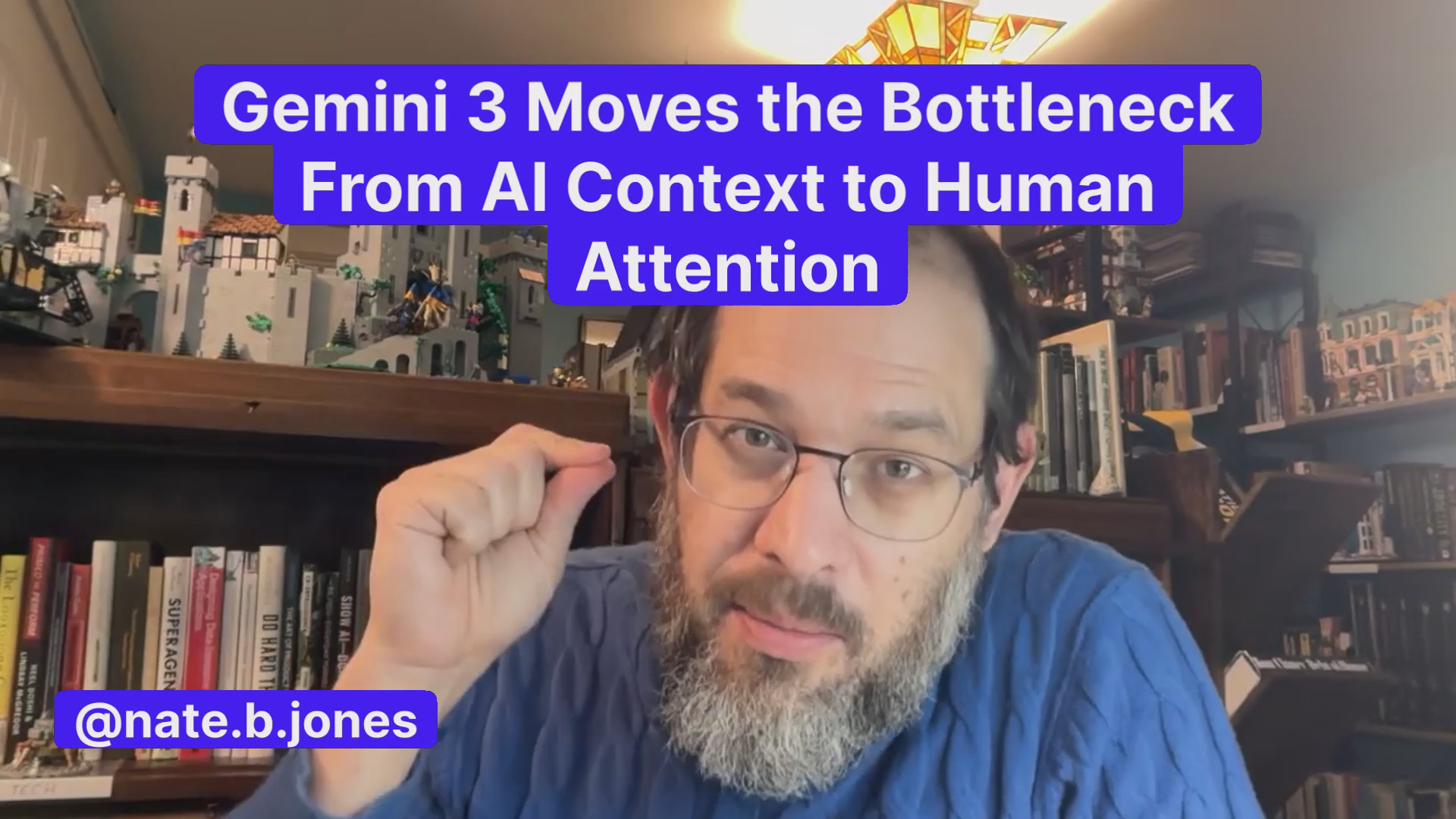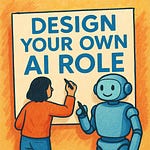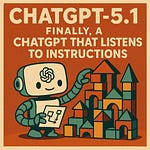Every few months these days, a new AI model forces us to rethink what we expect from computers.
Gemini 3 is one of those moments.
It doesn’t just talk. It can look at screens, understand videos, absorb huge piles of mixed information, and make sense of things that used to require a human staring, scrolling, or watching.
Suddenly, a whole category of “I need to look at this myself” work has just become fair game for acceleration (or semi-automation). That includes UI bugs, messy dashboards, long meetings, sprawling docs—stuff that was too visual and context messy before.
Gemini 3 is the first of a new wave of truly multimodal models, truly visual and agentic models. It’s going to change how we do our jobs. Not because AI replaces us, but because it changes where our attention is worth spending.
For the last couple of years, the big AI question was: Which model is best?
Gemini 3 forces a better one: Which model should handle which kind of work?
I’ll give you a cheat sheet: if the task involves seeing or doing, Gemini 3 should be at the top of the list. If it involves writing or persuading, GPT 5.1 or Sonnet 4.5 is still your best friend.
Gemini 3 forces a better one: Which model should handle which kind of work? Here’s a cheat sheet: if the task involves seeing or doing, Gemini 3 is your engine. If it involves writing or persuading, GPT 5.1 or Sonnet 4.5 is still your best friend.
That simple split hides a surprising amount of complexity. We’re just at the beginning of figuring out where Gemini 3 starts to shift our workflows, but I think we can already see directional indicators of how this new model will reshape work.
Here’s what’s in the box:
The Gemini 3 Work Prompt: a paste-and-go prompt that interviews you about your work (and your team, if applicable), maps your workflows, and tells you where Gemini 3, GPT 5.1, Sonnet 4.5, or smaller models actually belong.
Workflows, role-by-role: a role-by-role draft map across PM, engineering, design, marketing, sales, data, support, and exec workflows. I did the hard work of pulling out the implications of the model and looking at new use-cases Gemini unlocks, plus where it’s not worth the change.
Cost–Benefit & Risk Calculator: guidance for deciding where Gemini 3 clears the bar (and where it doesn’t)
The Router Era: Notes on how Gemini 3 changes human work: what “see & do” work shifts to the model, and the specific areas we humans still lead
A Custom 90-Day AI Plan: the prompt will give you a suggested action plan to roll toward Gemini 3 in a smart way
The “Not Yet” List: guardrails to keep you from blowing yourself up with early agentic workflows
This isn’t a story about a new model. It’s a story about how your job changes when AI can finally see. I’m not saying this to be dramatic: the workflows Gemini 3 is opening up with multimodal capabilities can save you hundreds of hours of work over a year. WEEKS of work. The model will also enable new kinds of work we haven’t been able to do much of yet at all.
This is one of those step-change moments when AI turns on the lightbulbs on a whole new part of the human-AI collaborative world. We’re just beginning to explore it.
If you want clarity—not hype—on what that means for your role, read on.
Listen to this episode with a 7-day free trial
Subscribe to Nate’s Substack to listen to this post and get 7 days of free access to the full post archives.












